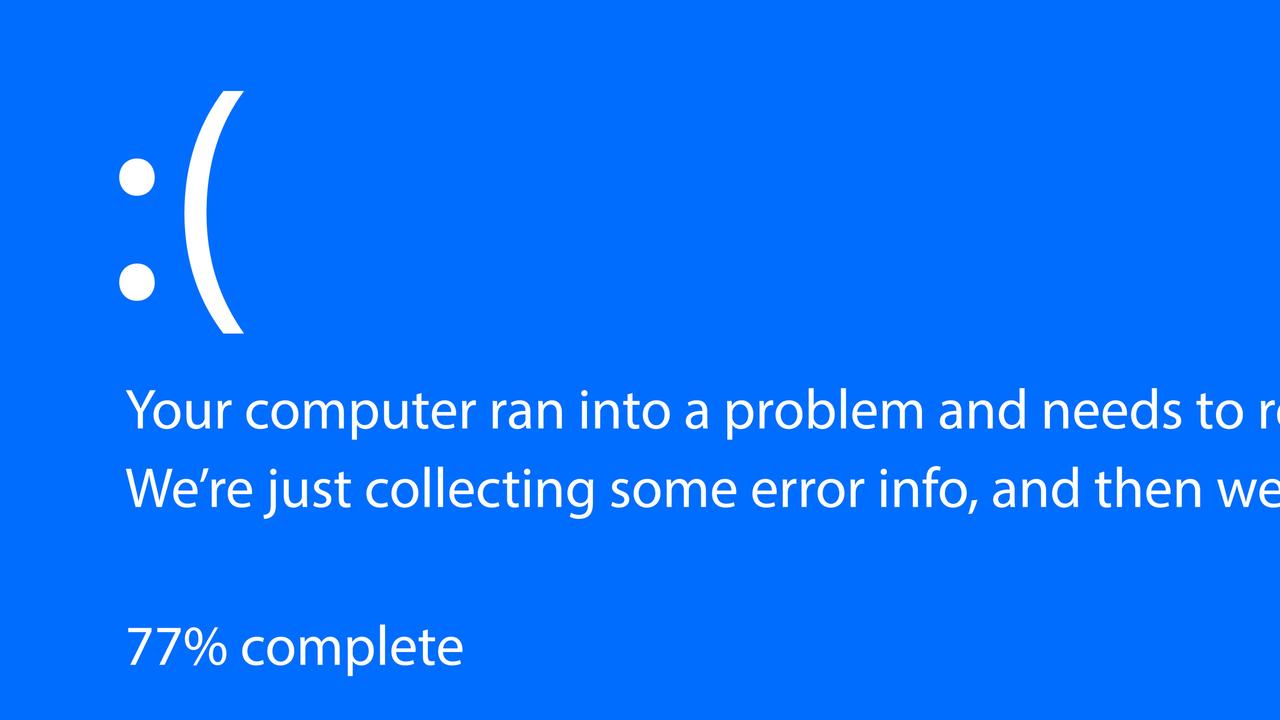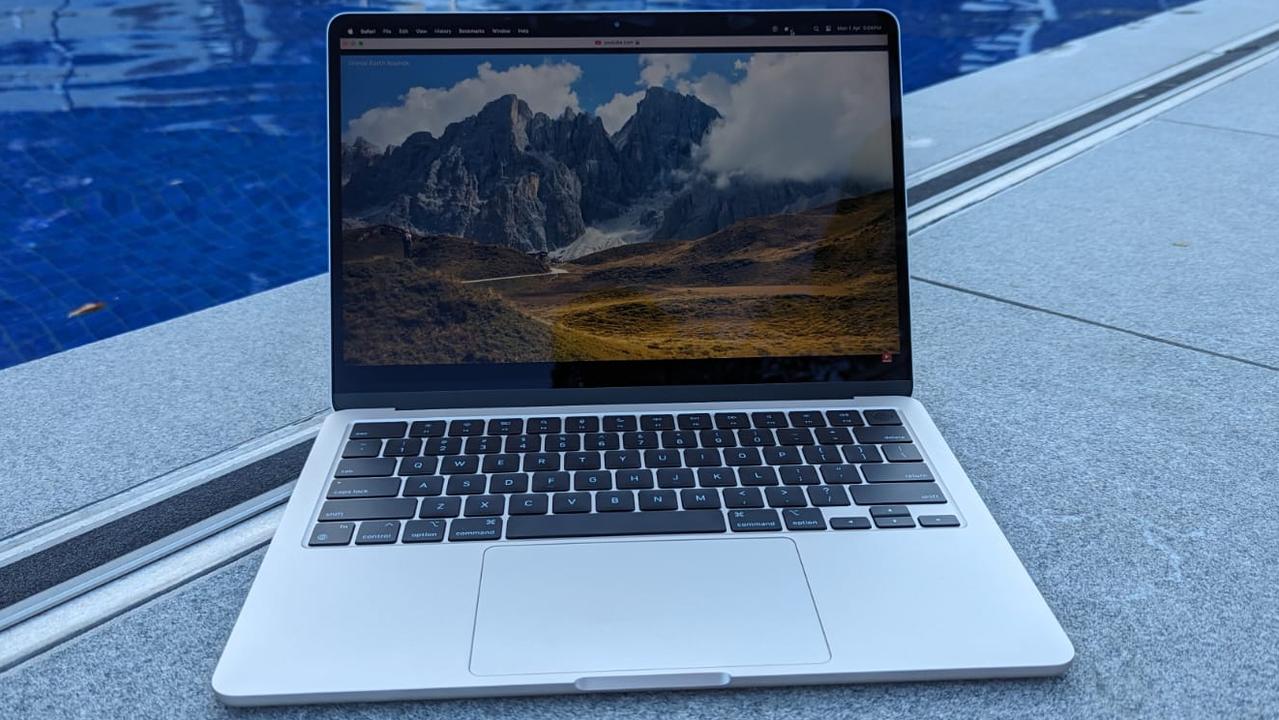AMD increasingly powering laptops as Intel loses ground
After losing the world’s most valuable company, Apple computers, as a client, the chip giant Intel is watching others jump ship too.
There’s a high likelihood the last time you bought a computer it had one of these little stickers on it letting you know there was an “Intel Inside”.
The processor manufacturer made the little stickers to guide consumers to their products, not that there was much of a need to: Any half-decent computer at your local Dick Smith or Harvey Norman was almost definitely powered by an Intel processor.
The company has enjoyed more than a decade of largely uninterrupted success, but those little stickers are going to become rarer and rarer now it appears manufacturers are abandoning the chipmaker in droves.
RELATED: Surprising truth about this ‘influencer’
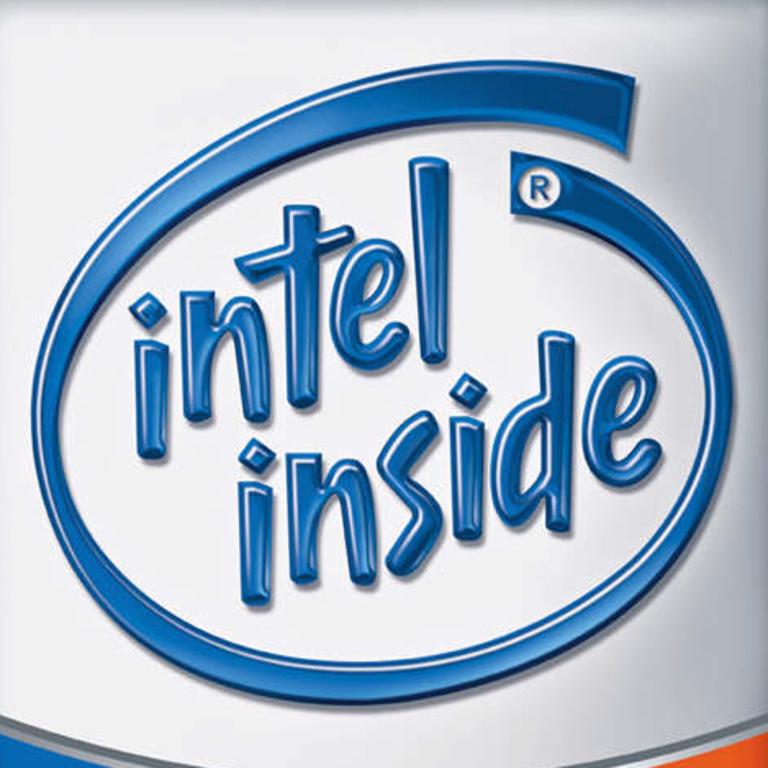
The first client Intel lost was one you don’t want to see walk away: Apple computers, the most valuable company in the world.
Last year Apple announced it was transitioning to its own silicon, and when it debuted the new chip it stunned audiences with lofty performance claims that sounded too good to be true until people started testing the new machines themselves.
Around that time, Bloomberg reported Apple made the switch after growing frustrated with a lack of progress being made by Intel, which was struggling to shrink its chipsets and provide more power.
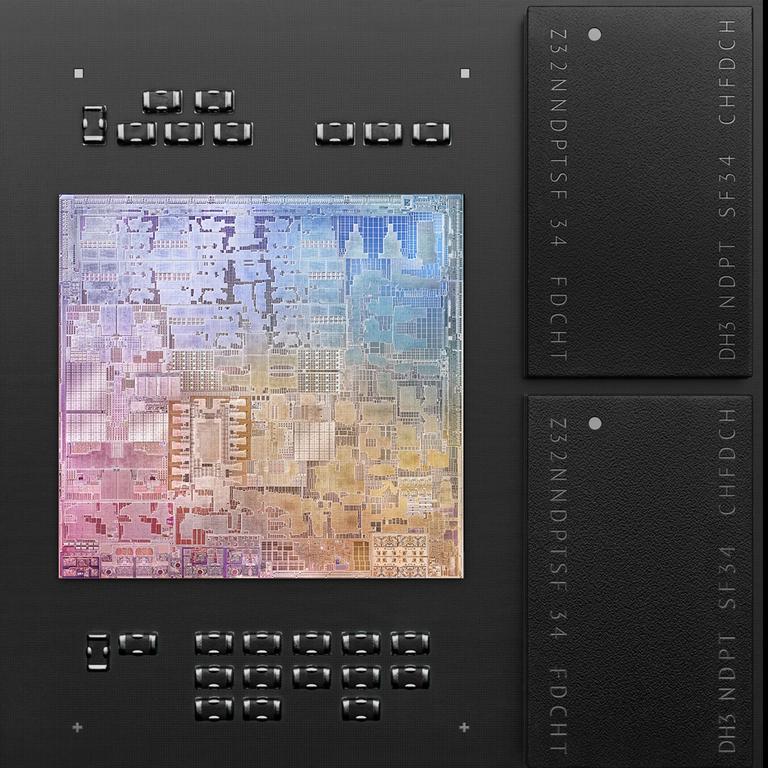
RELATED: Updated Apple laptops ‘won’t boot’
Apple is the exception and not the rule in this instance: No other laptop manufacturer can go off and design their own processors and optimise it to run its software better (Microsoft theoretically could, but doesn’t), but there is an option for those manufacturers that some have appeared eager to take up.
While Intel has faltered in recent years, its chief rival, Advanced Micro Devices, better known as AMD, has been on the rise on the back of increased performance in gaming as part of a comeback plan spearheaded by its CEO Dr Lisa Su.
At the 2021 Consumer Electronics Show, a number of companies have announced new laptops and desktops, powered by AMD rather than Intel.
The switch is even more pronounced when you look at gaming, a fast-growing market where AMD is cashing in regardless of how you play.
AMD chips increasingly power gaming computers but they’re also found in the PS5 and Xbox Series consoles that launched at the end of last year.
RELATED: ‘Garbage’: Fury over long awaited game
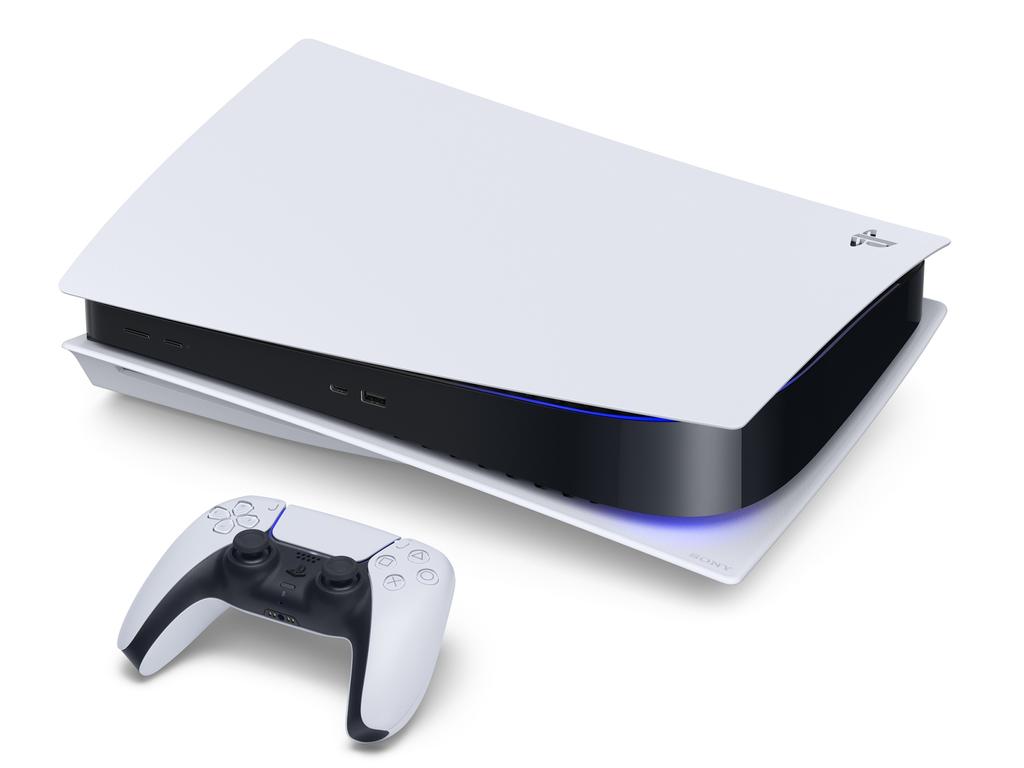
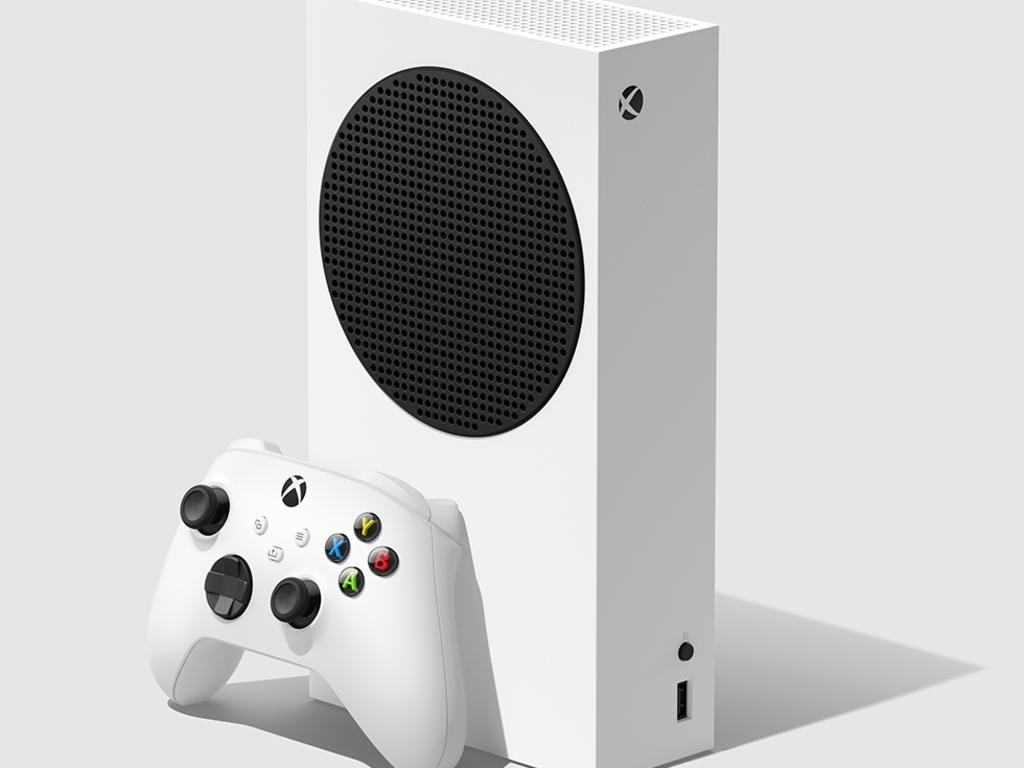
The company is also helping power Microsoft’s xCloud gaming service that will let you stream Xbox games and even play them on your phone with a strong enough internet connection.
Acer’s new Nitro and Aspire laptops will be powered by the AMD Ryzen 5000 series processor introduced by Dr Su during her AMD keynote (some devices will also receive refreshed Intel processors).
The Alienware gaming PC brand owned by Dell announced the Ryzen Edition of its Aurora desktop which has the benefit of not only being more powerful than the Intel version of the same, but is also cheaper.

All of the laptops under Asus’ Republic of Gamers brand are now powered by AMD, and feature the first gaming laptop with a crazy 360Hz display (higher frequency displays can handle smoother, higher frame rates).
Asus claims it’s also the first to use a “liquid metal” cooling system in the new ROG Flow X13.
Lenovo’s Legion gaming line is now powered by AMD processors too.
HP’s EliteBook and ProBook line-ups – targeted at small businesses and professionals – now have AMD offerings in the range as well.
Intel isn’t completely down and out of course. It’s just targeting business and education markets which, while less exciting, are still sizeable and growing.

The company also had things it was talking up at CES including its hardware-based security and vPro platform targeting large businesses which need to furnish their employees with computers they can take home (a market that grew significantly in 2020).
It also announced a “significant breakthrough” that may have been long overdue for its 12th gen “Alder Lake” processors, taking a few tips from the Apple playbook.
The processors plan to use high-efficiency and high-performance cores on the same chip – although it’s still struggling to shrink its processors.
Apple’s M1 chip uses a 5 nanometre process, while the Alder Lake chips, which won’t come out until at least the second half of this year, are still on 10 nanometre process.


